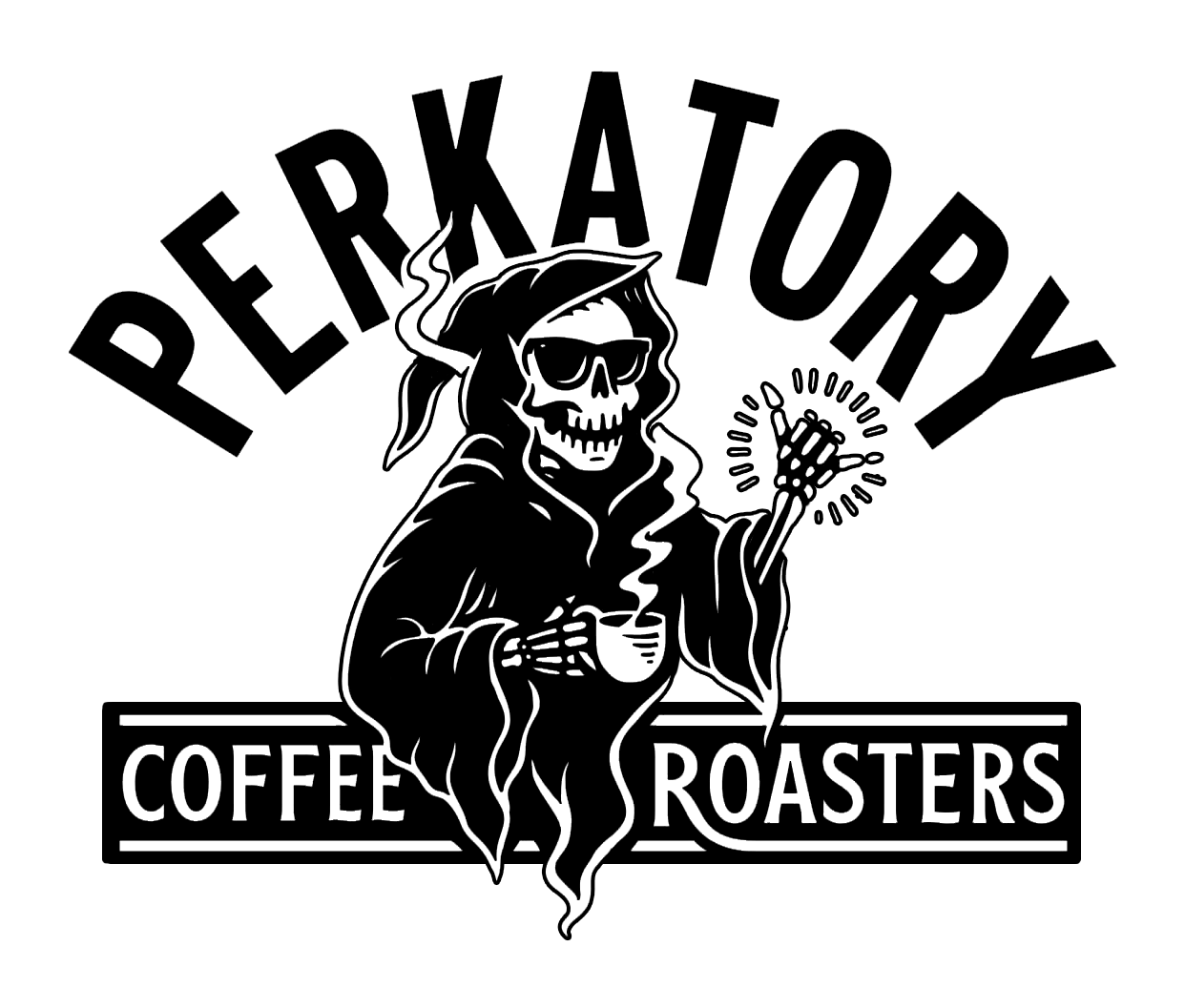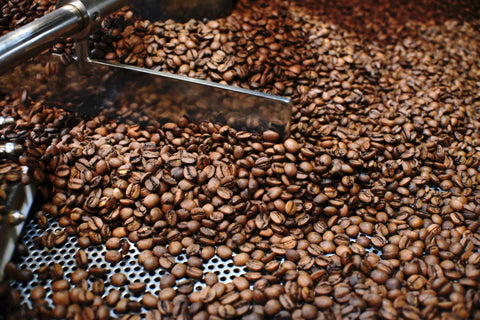For any discerning coffee enthusiast, the quest for the perfect cup of joe is a lifelong pursuit, and crafting that perfect roast is a critical piece of the puzzle. It's no secret that the temperature at which coffee beans are roasted is a make-or-break variable, dictating everything from flavor to aroma.
In this deep dive into the roasting process, we will explore the intricacies of temperature control and how it can lead roasters to the sweet spot of their coffee's potential.
Stepping Into the Roaster's Domain
Understanding the significance of the ideal temperature of roasted coffee is like discovering the steps of a dance. From the moment a green bean pops in the heat to the delightful aroma that spreads, temperature is crucial at every step.
Roasting Stages
Roasting coffee typically consists of three main stages: drying, browning, and development. The drying phase, as the name suggests, removes the moisture from the bean. The browning stage heralds the Maillard reaction, turning the beans from green to brown and releasing compounds that create complex flavors. Finally, the development phase caramelizes the sugars within the bean, leading to a darkening hue and the nuances of a robust, dark-roast profile.
Temperature's Impact
Temperatures during roasting can vary from under 200 degrees Celsius for light roasts to over 220 degrees for dark. High temperatures can lead to quicker roasts with more pronounced flavors, while lower temperatures might result in a more mellow, medium-bodied bean. Nonetheless, it's the precise management of these temperatures that imparts the final identity of the roast.
Key Factors Affecting Roasting Temperature
The ideal roasting temperature is as elusive as it is crucial. Multiple factors influence the final brew.
Bean Characteristics
Bean structure, size, and moisture content from a Kenyan or a Costa Rican mountaintop will guide the roaster to different temperature requirements. While larger beans necessitate a higher starting temperature to ensure even roasting, smaller beans could benefit from a gentler rise to prevent scorching.
Variety and Origin
Coffee is as diverse as the regions from which it hails. African coffees, for instance, often thrive under high heat, which brings out their bright acidity and floral notes. In contrast, Latin American growers may opt for lower, steadier temperatures to tease out the caramel and nut flavors. It's a delicate balancing act between roast style and bean origin.
Roaster Type
Electric, gas, or wood-fired roasters each influence temperature differently. While electric models are known for their uniformity and control, wood-fired options can lend an earthy smokiness that raises the bar of complexity.
How to Find the Ideal Coffee Roasting Temperature Ranges
Temperature is the compass that guides the roasting process. Identifying the ideal ranges is crucial, whether you prefer the crispness of a light roast or the earthy depth of a dark.
Light Roast
For those who relish the brightness and the natural fruity overtone, the perfect temperature range sits around 180 to 205 degrees Celsius. Here, you’ll want to proceed with a gentle hand, allowing for the extended Maillard reaction and drying phase, which can take up to 15 minutes.
Medium Roast
Medium-roast coffee is the best coffee bean for cold brew since it balances flavor and body. Roasting requires only a temperature range of 210 to 220 degrees Celsius, which is more flexible than the light range. Yet roasting for 12 to 14 minutes provides a dependable profile that many coffee drinkers adore.
Dark Roast
Roasting past second crack, the dark, smoky notes often appeal to traditionalists. Dark roasts thrive at 220 degrees Celsius and above, and the roasting process speeds up significantly. However, pushing temperatures too high can lead to the carbonization of the beans, spoiling the batch.
Experimentation in Roasting
Mastering the art of roasting is as much about science as it is about creativity. The best roasters always continue experimenting to fine-tune their craft.
DIY Roasting Experiments
For budding artisan roasters, conducting coffee roasting temperature experiments can be as easy as adjusting your heat source and noting the effects on color, flavor, and aroma. Roasting small batches and comparing outcomes can be an eye-opening experience.
Logging Your Progress
Keeping a meticulous log of your coffee roasting temperatures and the sensory evaluation of your coffee is vital. This practice allows for a more informed approach to future roasts, creating a rich database of experience from which to draw.
Visit Perkatory Coffee Roaster for the Best Tasting Coffee Beans in Middletown, CT
At Perkatory Coffee Roaster, we are passionate about creating exceptional coffee through meticulous roasting techniques. Our team of experts carefully controls the temperature every step of the way to unlock the full potential of our beans. Visit us in Middletown, CT, or other branches to experience the perfect cup of coffee for yourself. You might also contact us for any questions or inquiries about our coffee or tea.
Conclusion
The perfect coffee roasting temperature is an approximate figure but a range as varied and complex as the flavors it produces. Understanding and experimenting with this principle opens the door to a world of distinctly flavored brews that can cater to every palate.
We encourage you to explore your coffee-roasting adventures and to share your findings within the vibrant coffee community. Whether you're a home roaster looking for that singular blend or a professional coffee guru pushing the boundaries of possibility, temperature will always be your ally in the quest for the quintessential cup.
Visit our blog for more insights into the world of coffee roasting, and continue your blazing trail in the art of coffee craftsmanship.
